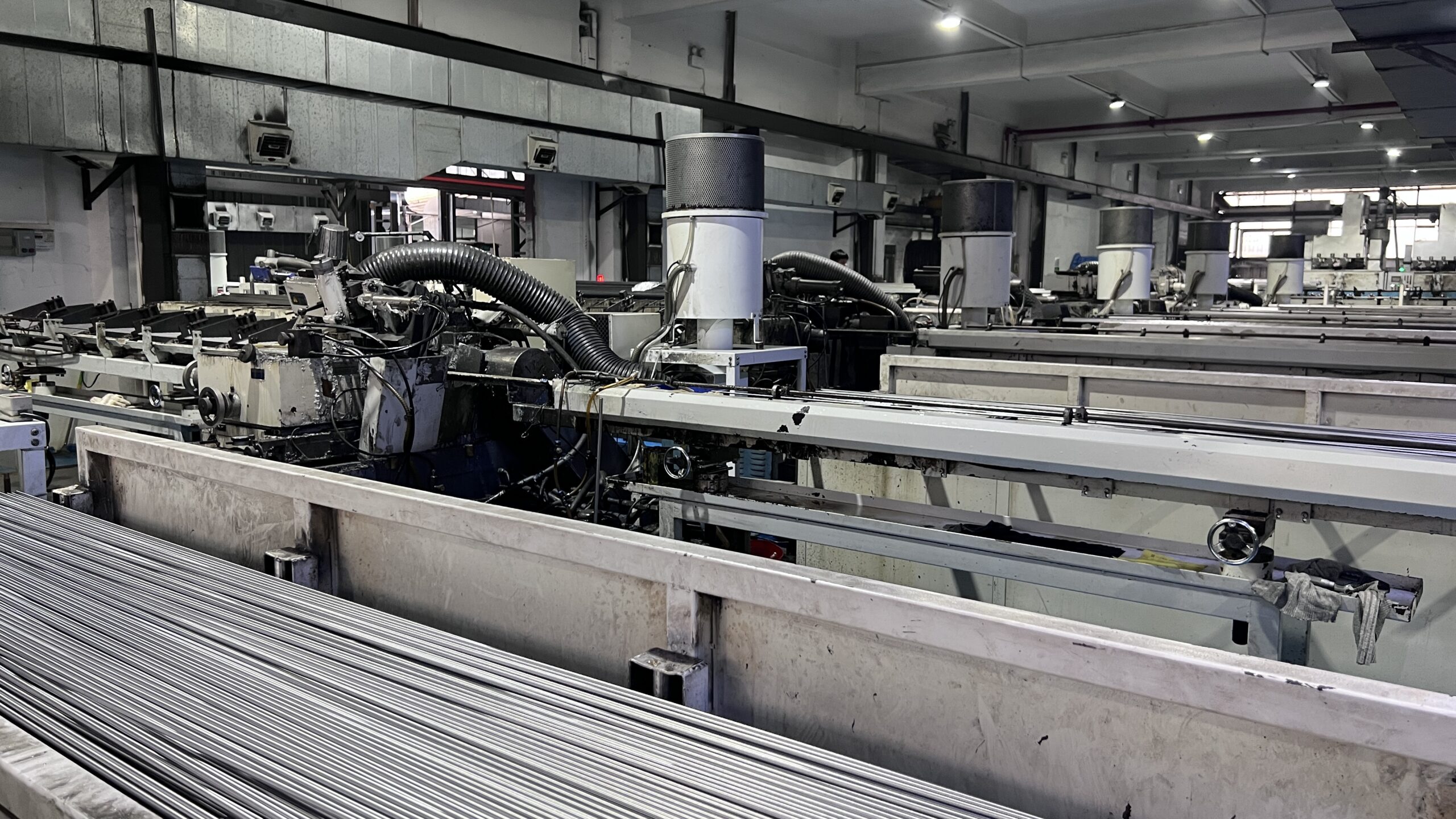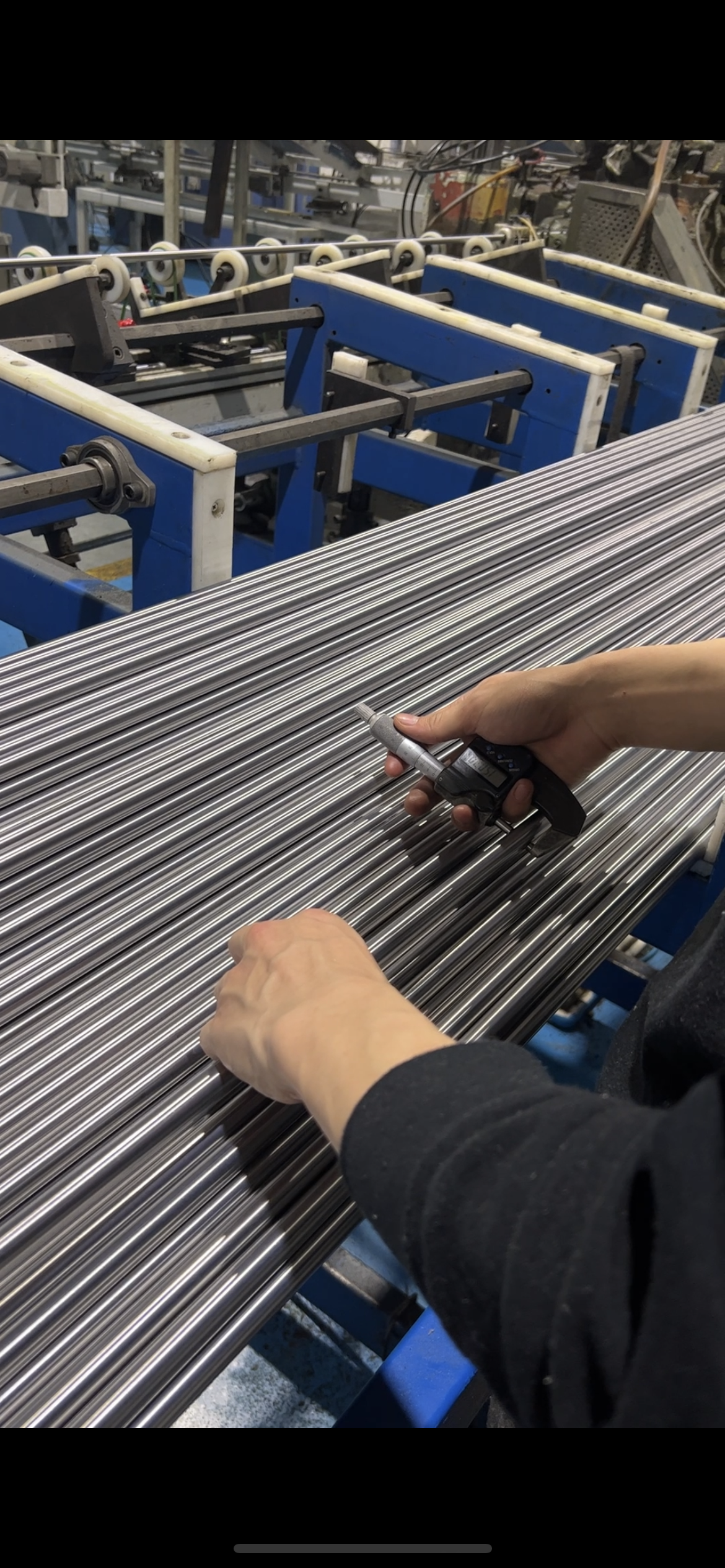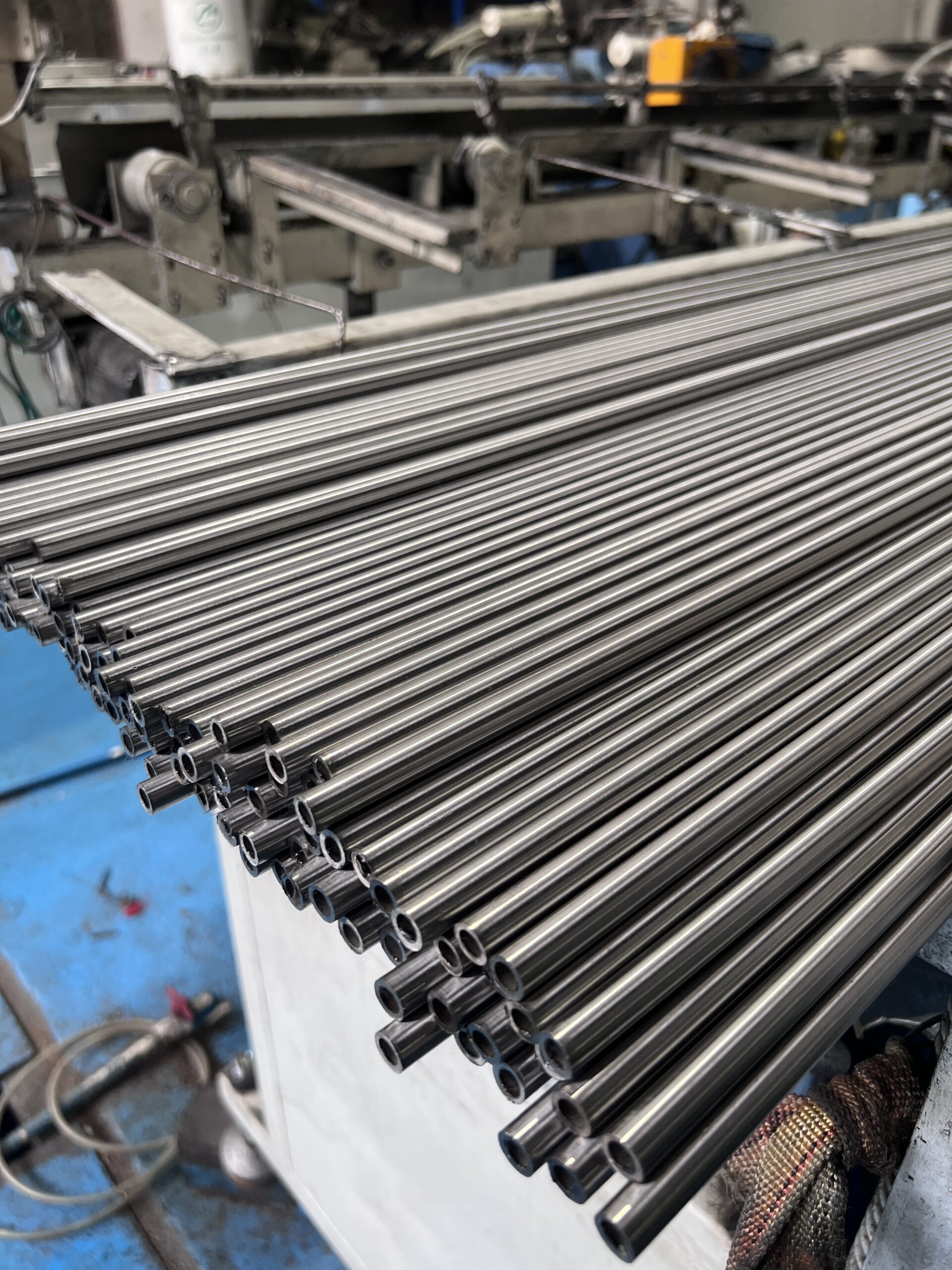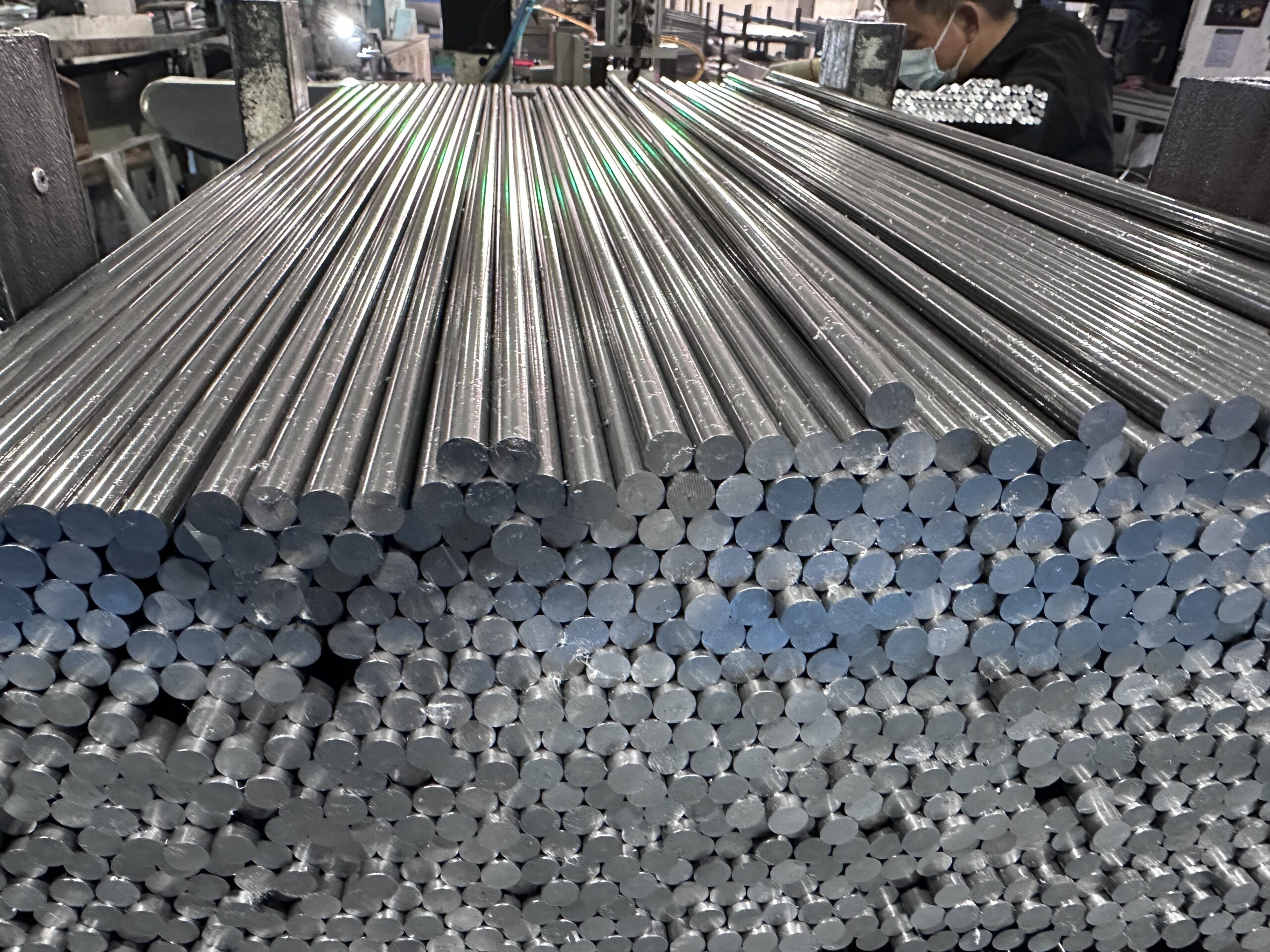Stainless steel rods are widely used in precision parts, structural components, and industrial equipment. Two of the most common grades are 303 and 304. While they may appear similar, each offers unique properties that affect machining, corrosion resistance, and application suitability. This guide helps you understand the key differences between 303 and 304 stainless steel rods and which one better suits your requirements.
Key Differences Between 303 and 304 Stainless Steel Rods
| Property | 303 Stainless Steel | 304 Stainless Steel |
|---|---|---|
| Composition | Higher sulfur for better machinability | Lower sulfur, balanced composition |
| Machinability | Excellent | Moderate |
| Corrosion Resistance | Good, but lower than 304 | Excellent |
| Weldability | Poor to fair | Good |
| Formability | Moderate | Excellent |
| Cost | Slightly higher due to sulfur | Lower than 303 |
| Common Applications | Screws, nuts, shafts, gears | Kitchen equipment, tanks, pipes |
Machinability vs Corrosion Resistance
303 is often the preferred choice when machining speed and tool life are critical. It contains added sulfur which improves chip-breaking and reduces tool wear. However, this addition reduces its corrosion resistance and weldability. Therefore, 303 is ideal for non-welded parts that require precise turning or milling.
304, on the other hand, offers superior corrosion resistance and is more suitable for applications involving exposure to moisture, chemicals, or food-grade environments. It’s also more weldable and formable than 303.
Application Guidance
-
Use 303 for:
-
High-volume machining parts
-
Components that require excellent dimensional accuracy
-
Parts not exposed to corrosive environments or needing welding
-
-
Use 304 for:
-
Welded or formed parts
-
Food and medical applications
-
Components exposed to corrosion or harsh chemicals
-
Choosing between 303 and 304 stainless steel rods depends on your specific application requirements. If you need high-speed machining and don’t require welding or top-tier corrosion resistance, 303 is a cost-effective choice. For applications requiring durability, formability, and resistance to corrosion, 304 is the better option.







